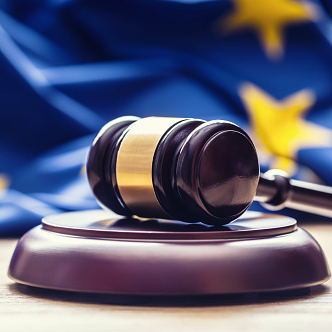Those who don’t know history are destined to repeat it.
Edmund Burke
Introduction
Getting a new drug to the patient involves numerous stakeholders that are part of a multi-faceted regulatory framework. This framework has evolved over time and proceeds from drug discovery to development to regulatory evaluation.
Ideally, these aspects form the integral parts of a dynamic cycle, where the latest scientific innovations are incorporated and to which the framework adapts and reshapes itself. This evolutionary concept comes from an inherent driver to prevent history repeating. In short: it has learned from its past mistakes.
The European regulatory framework is a prime example of successful EU harmonization but it did not fall into place in an instant. In 1953, the company Grünenthal obtained a patent for a new agent that would prove to be a blockbuster in its era: thalidomide. Without the backing of clinical trials and thought to be completely non-toxic, Grünenthal began marketing of thalidomide in 1957 as a morning sickness agent and it soon became readily available as an over-the-counter product. Once apparent that thalidomide was related to congenital malformations in newborns, the drug was withdrawn from the market. Legislation was developed which reinforced the FDA’s responsibilities, and in Europe, the first pharmaceutical EC Directive 65/65/EEC1 was implemented. The aim of this legislation was to ensure that no medicinal product should ever again be marketed in Europe without prior authorization and to establish a framework for the protection of public health.
Download the whitepaper
Complete the form to read and download the full whitepaper
"*" indicates required fields











